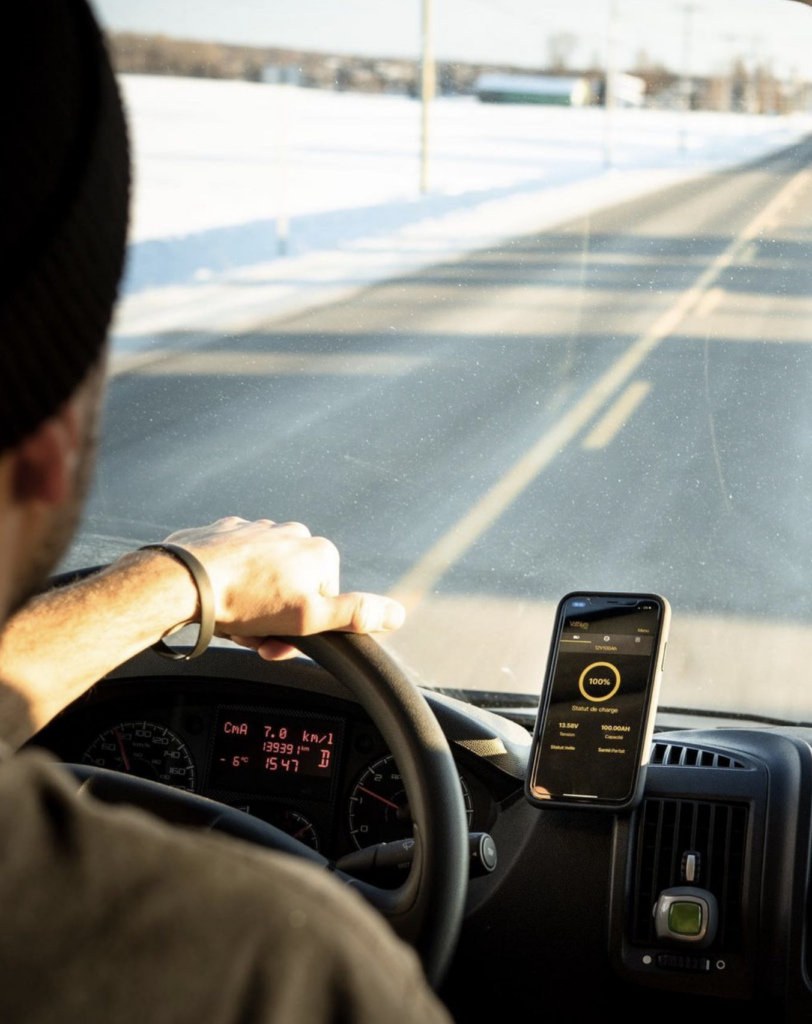COMPATIBLE ACCESSORIES
We understand the importance of optimal performance and seamless integration for your energy systems. That’s why we offer a full range of accessories compatible with our lithium batteries, designed to maximize the efficiency and reliability of your installations.
BATTERY ISOLATION MANAGEMENT
Although alternators in vans (Sprinter, Transit, Promaster or others), motorhomes (RVs) and Skoolies are usually equipped with alternators that charge at an adequate voltage for lithium (between 14.2 and 14.6 V), we recommend that you isolate your lithium batteries from the starter battery (lead-acid) with a DC-to-DC charger or by using a Battery Isolator Manager BIM).
The recommended charging amperage for our batteries is 5 to 50 A. With modern alternators capable of reaching capacities of up to 240 A, the installation of a DC to DC will allow the load amperage coming from the alternator to be adapted, maximizing the life of the batteries and alternator.
These are devices that you can find for sale in the accessories section of our online store or by contacting your local installer.


WHAT TO CHOOSE BETWEEN DC-DC OR DIODE (BIM)?
DC to DC Charger
Recommended for installations of 1 or 2 x 100 Ah Volthium batteries.
DC-to-DC chargers (also known as Battery To Battery or B To B) have the function, in addition to limiting the charging amperage for your battery bank (between 20 and 60 A, depending on the model), to stop the charging process when the motor is not running. This prevents unwanted discharge of the starter battery.
In addition, some DC-to-DC chargers are not able to reactivate fully discharged batteries. In this case, it is suggested to install a “Bypass” whose function will be to momentarily connect the auxiliary batteries directly to the alternator in order to reactivate the lithium batteries.
Some models also act as MPPT solar charge controllers, eliminating the need to purchase and install a second component.
Diode or Battery isolator Manager (BIM)
Recommended for installations of 3 LifePO4 batteries of 100 Ah or more.
BIM has several advantages. The first is to have a lower purchase cost than a DC-to-DC charger, while still allowing charging at up to 225 A. Recharging batteries with a higher charging current is therefore more efficient for a bank of three or more batteries. Note that the BIM works with a 15-minute charging cycle followed by 20 minutes of disconnection, which prevents the alternator from overheating. Another advantage of BIM is that it allows you to reactivate your lithium batteries if they are completely discharged.
SOLAR CHARGE CONTROLLERS
A solar charge controller is a device that manages the current or voltage transferred from your solar panels to your battery bank.
There are two main types of solar charge controllers:
PWM (Pulse Width Modulation) charge controller
With their low cost, these basic charge controllers have the function of matching the voltage of the panels to that of your battery bank. However, they do not allow you to charge a 12V battery bank with panels with a voltage higher than 23V. Nowadays, they are used less and less.
Maximum Power Point Tracker (MPPT) charge controller
With more advanced charging algorithms, this type of controller can achieve up to 30% more efficiency compared to a PWM controller (especially during cloudy periods). In addition, MPPT regulators accept a higher input voltage (up to 250V) compared to PWMs (23V or 55V max). They therefore allow you to charge a 12V battery bank with 24V or higher panels.
Lithium compatibility
Newer devices offer a Lithium feature that allows for quick adaptability for replacing your batteries.
For charge controllers that do not have this function, adjusting the settings on your device will allow you to optimize them for charging your lithium batteries. Simply adjust the voltage (Bulk) to 14.4 – 14.6V and the float voltage to 13.6V. For more details, refer to the user manual.

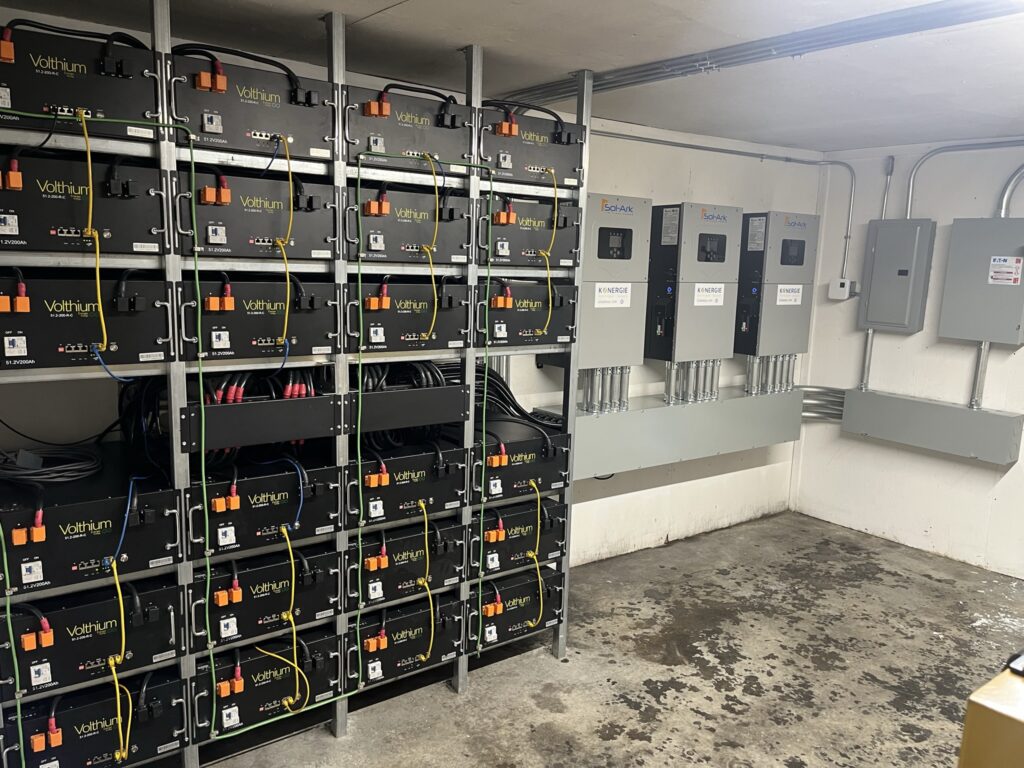

SOLAR PANELS
Solar panels are available in a wide range of sizes, wattages, and voltages.
Monocrystalline solar panels are made from a single complete silicon crystal, while polycrystalline solar panels are made from multiple fragments of silicon crystals fused together. This difference in manufacturing allows monocrystalline solar panels to offer a better performance. Although they are more expensive, their ability to produce more energy compensates for their additional cost, in addition to having a longer lifespan. In addition, their black color is more discreet than the blue of polycrystalline panels.
Typically, a panel of around 200 watts for every 100Ah of lithium batteries will allow you daily runtime by recharging your battery bank by 50-100% for a full day of sunlight.
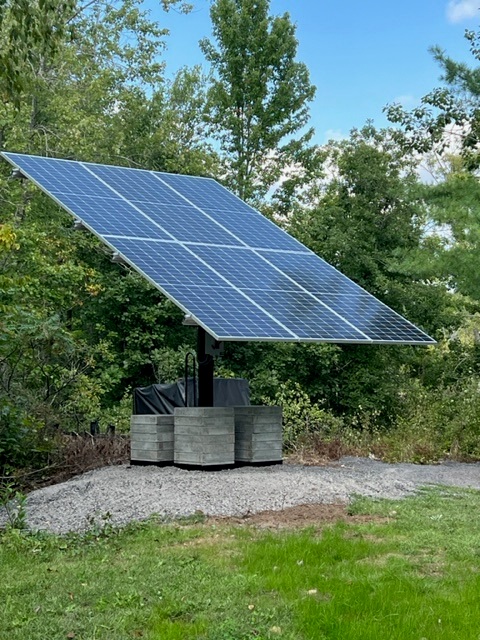
INVERTERS, CHARGERS AND INVERTERS CHARGERS
An inverter is a device that transforms the direct current (DC) from your batteries into alternating current (AC) used by your electronic devices, plugged into standard power outlets, such as coffee makers, toasters, computer or cell phone chargers, etc.
A charger (converter) turns a standard 120V AC power supply into DC power to charge your batteries. So you can recharge your batteries from a standard AC power source.
To simplify use, there are also devices called inverters/chargers, which, as the name suggests, are a combination of an inverter and a battery charger.
Lithium compatibility
The newer devices offer a lithium function that is perfectly matched for our batteries, while other models allow adjustment of the output voltage parameters.
In the second case, you need to adjust the Bulk voltage to 14.4 – 14.6 V and the float voltage to 13.4 – 13.6 V. For more details, refer to your device’s user manual.
Some popular chargers, such as WFCO and Progressive Dynamics, do not reach the recommended charging voltages for lithium. While these devices can charge your batteries, charging will be slower, and they won’t allow you to reach a 100% state of charge due to the 13.6V output voltage.
In some cases, you may need to replace the charger for optimal results.
Please note that it is not mandatory to replace your converter/charger if you install lithium batteries. Indeed, if you have solar panels, they will be able to complete the charge to 100%.
The original converter/charger will charge most of your batteries and your solar controller will fill in the missing charge.
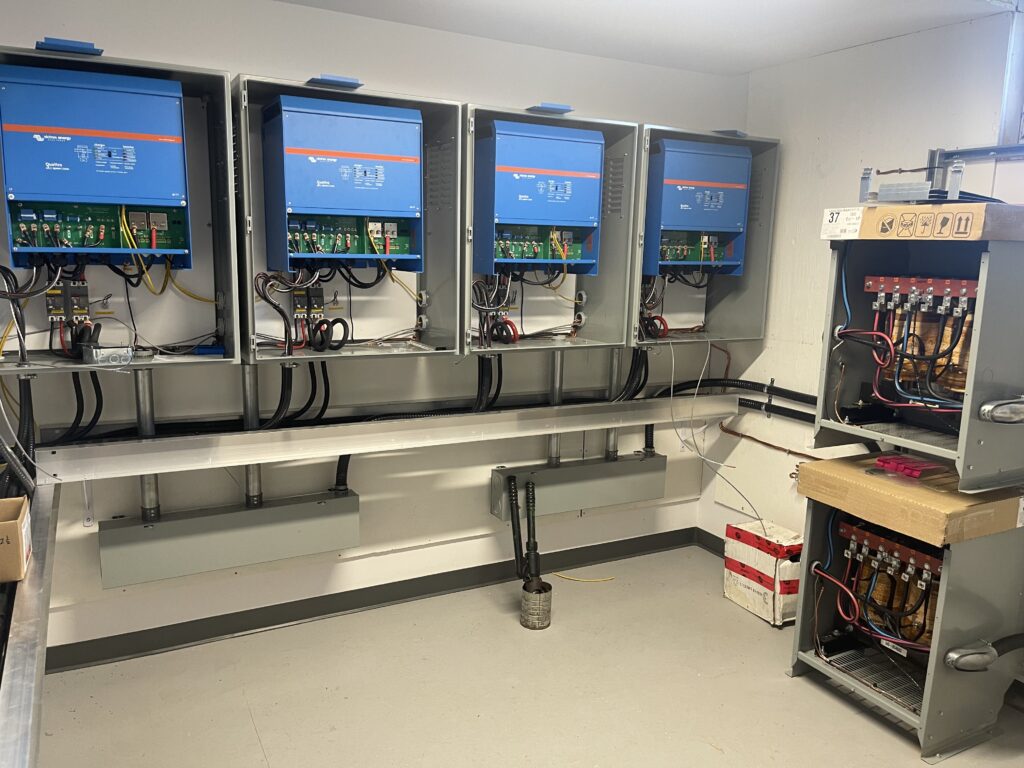
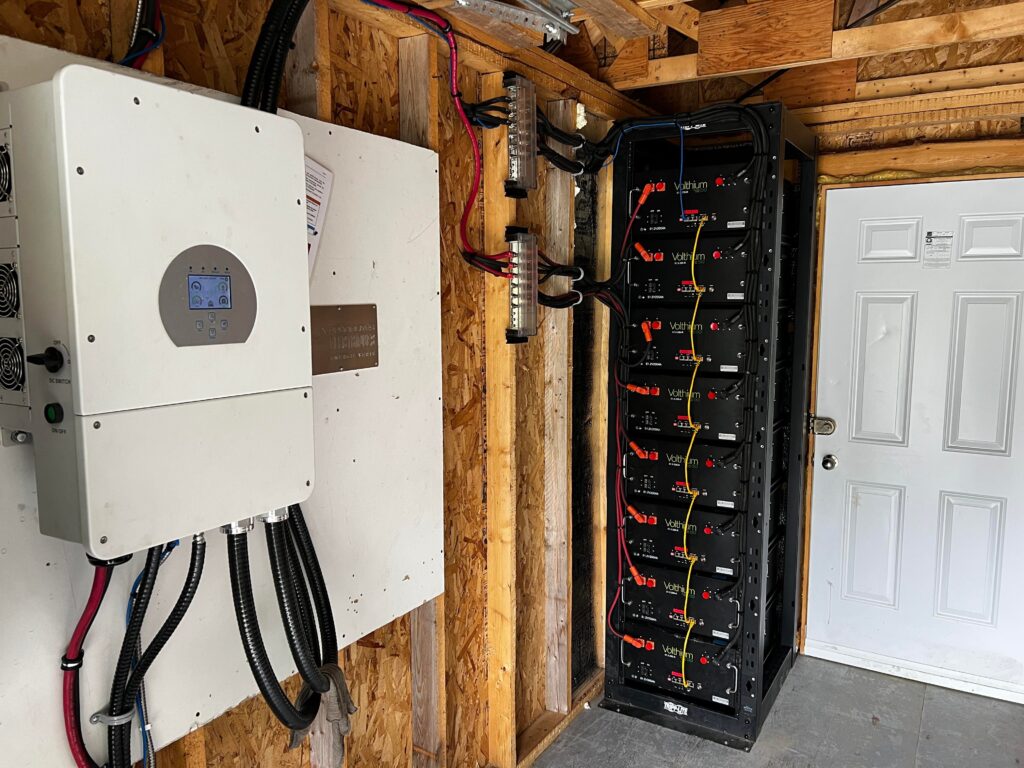
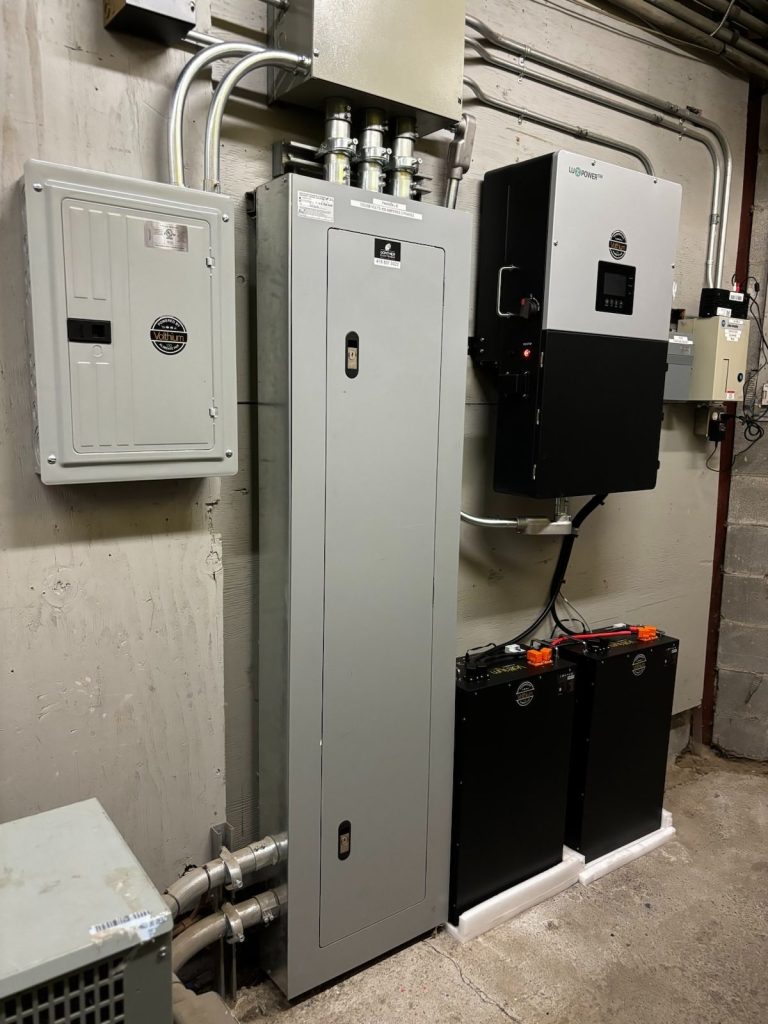
BATTERY MONITORS
This type of device provides you with specific information about your battery bank, such as the remaining power and the total amps/hours consumed. However, their level of accuracy can be improved, as they do not take into account factors such as the temperature of the batteries and their level of wear. In addition, they should be reset regularly.
At Volthium, our batteries over 50 Ah are equipped with communication ports that allow the transmission of internal battery data via Bluetooth. This information with is much more accurate than that of a monitor. By downloading the appropriate Volthium mobile app on your iOS or Android cell phone, you will have access to the data collected directly by the BMS. In order to give you an accurate indication, the algorithm takes into account the internal temperature, the voltage of the cells and the wear and tear of the battery. This information is interpreted to display the actual state of charge (SOC). Other data, such as the battery’s internal temperature, voltage, current, health status, and number of cycles performed, are also displayed in the Volthium app.
